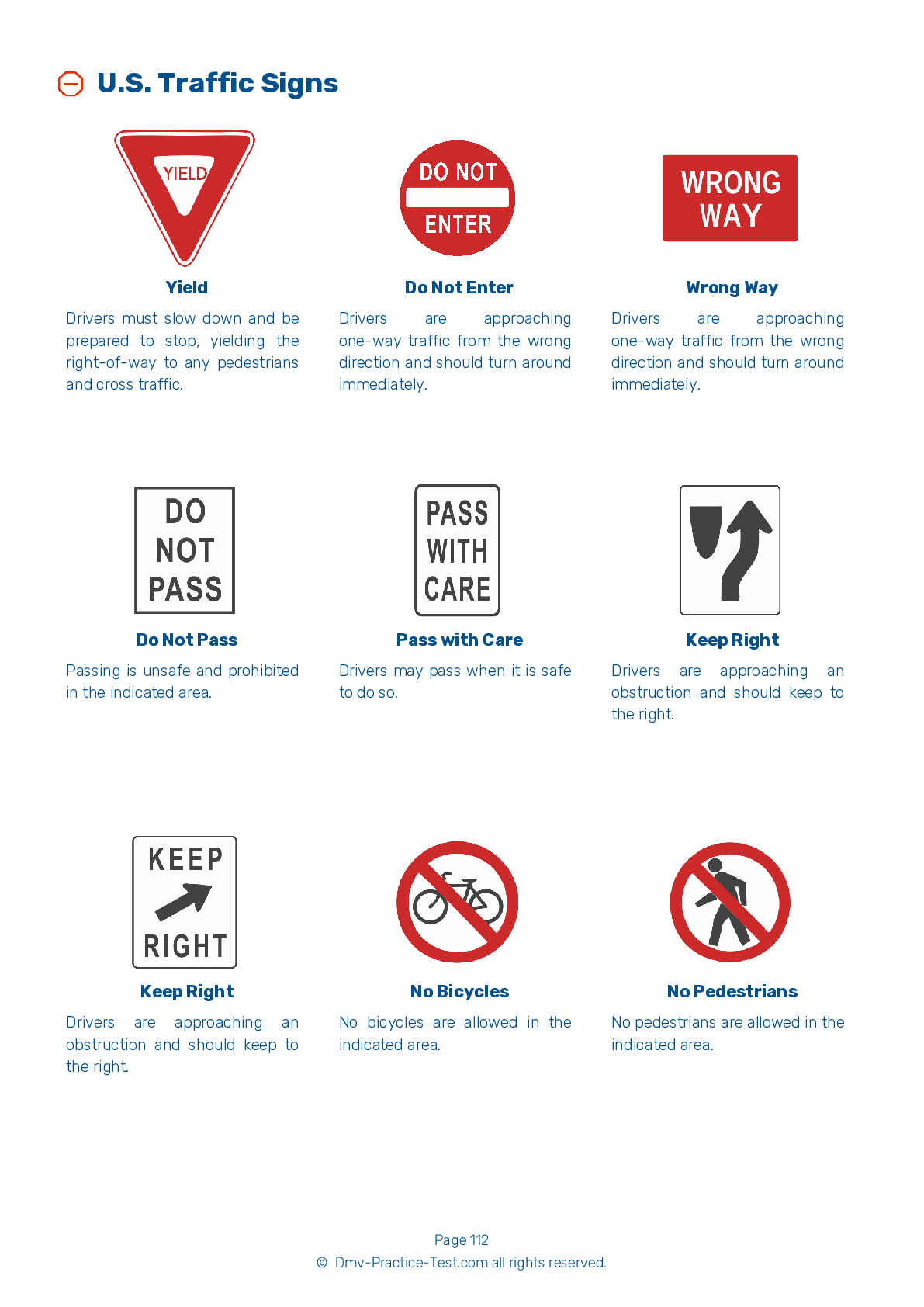Air Brakes Endorsement Test | Ohio 2025 #1 Page 4 of 4
Train for FREE online with our Ohio CDL air brake test. The official exam test consists of several obligatory parts, with all of them checking your knowledge of different blocks of road rules. If you need to obtain a OH Class A/Class B driver license in 2025, practice as much as possible. Free sample tests published on our website will help you check and improve your knowledge and boost your grades. Please bear in mind that the requirements for CDL may vary from state to state.
19 . Before driving a vehicle with air brakes, you should ensure that the ____ come on automatically when air pressure falls below 45 psi.
Before driving a vehicle with air brakes, you should ensure that the spring brakes come on automatically when air tank pressure falls to a level between 20 and 45 psi. You can do this by chocking the wheels and releasing air from the braking system by stepping on and off the brake pedal. Once the pressure levels drop to an unsafe level, the parking brake valve should pop out and spring brakes should come on.
20 . A low air pressure warning signal should activate:
In an air brake system, a low air pressure warning signal must come on if air pressure in the tanks falls below 60 psi. This warning signal may come in the form of a light, a buzzer, or a wig wag.
21 . You should test the low pressure warning signal by:
It is essential that your low pressure warning light functions properly. After allowing the system to charge, you can test the warning signal by rapidly applying and releasing the brake pedal. This will release air from the braking system and the warning signal should come on when pressure drops to a dangerous level.
22 . What do air brakes use to make the brakes work?
Many large CMVs are equipped with air brakes. An air braking system uses compressed air to operate.
23 . In a vehicle with dual parking control valves, a separate air tank can be used:
In a vehicle with dual parking control valves, there is a separate air tank that can be used to temporarily release the spring brakes if they have been activated due to low air pressure. Pushing in the proper control will release the spring brakes for a short period of time, allowing the driver to move the vehicle in an emergency.
24 . What does an air compressor do in an air brake system?
In an air brake system, the air compressor pumps air into the air storage tanks. The air compressor is controlled by the air compressor governor.
25 . When leaving your vehicle unattended:
In general, you should always use the parking brake when parking your vehicle. However, you should not apply the parking brake if your brakes are very hot or if your brakes are wet and temperatures are below freezing.
See the exact questions that will be on the 2025 Ohio DMV exam.
99.2% of people who use the cheat sheet pass the FIRST TIME
Lillian MCcranie explains how our CDL study guide was helpful in passing the exam and recommends it to everyone.
Cameron tells us how he purchased the CDL exam, and found it to be a useful tool which helped him pass the exam and find a job.



